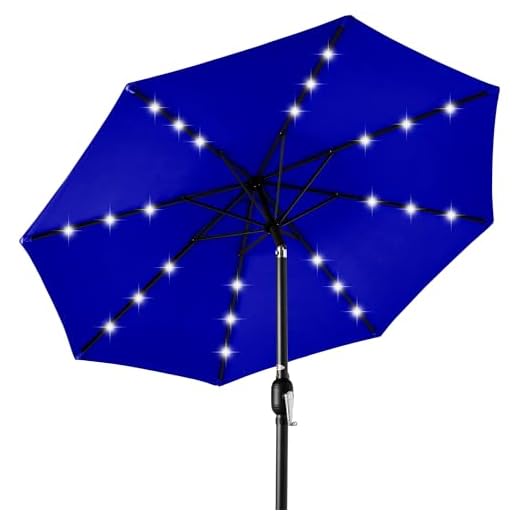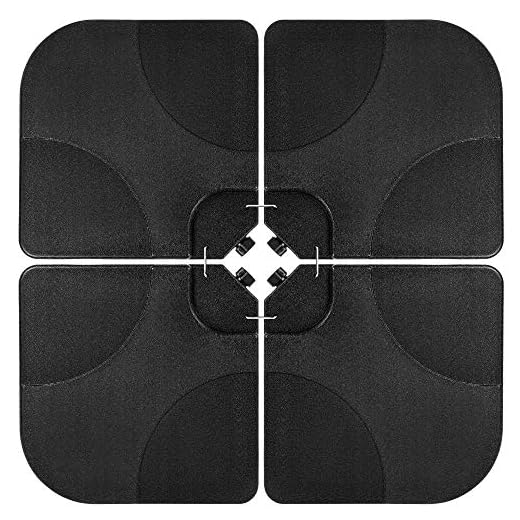

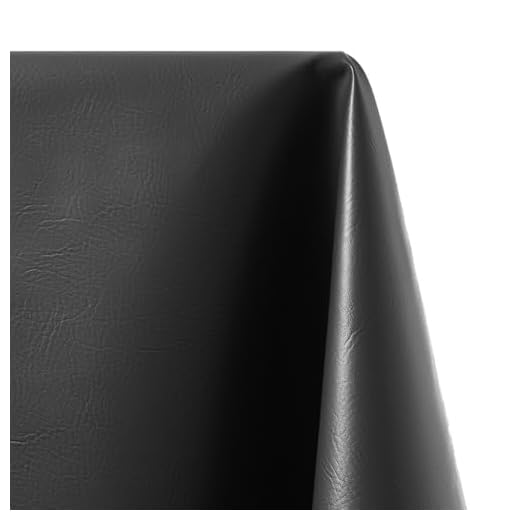
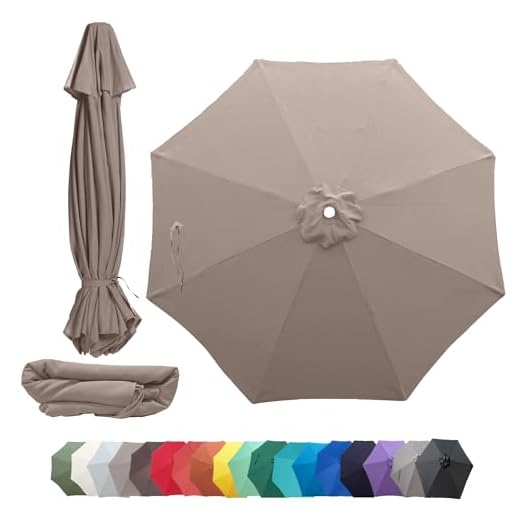
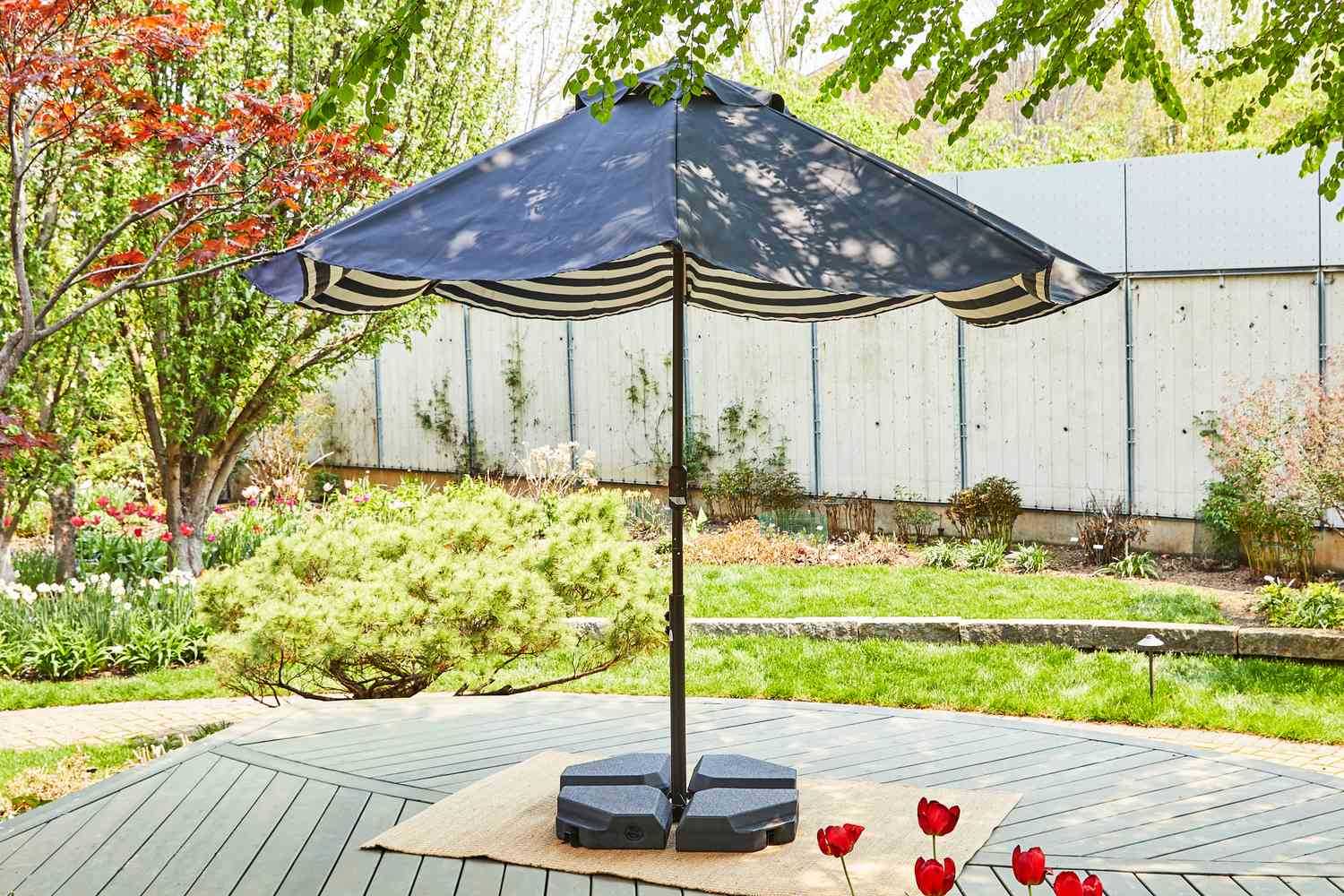
For anyone considering the perfect covering for outdoor spaces, opting for a high-quality fabric is paramount. This guide highlights various options for materials that offer durability and protection against the elements while maintaining aesthetic appeal.
Homeowners, landscape designers, and outdoor enthusiasts will find this article invaluable. It provides insights into the best choices available, ensuring you make an informed decision that enhances your outdoor experience.
The article covers key characteristics such as UV resistance, water repellency, and breathability, along with a detailed comparison of popular options like acrylic, polyester, and vinyl. By the end, you’ll have a clear understanding of which fabric aligns with your needs and preferences.
Choosing the Right Fabric for Your Outdoor Canopy
When selecting a canopy for outdoor spaces, prioritize materials known for their durability and UV resistance. Fabrics such as polyester and acrylic are highly recommended due to their ability to withstand sun exposure while maintaining vibrant colors.
Polyester is lightweight and often treated with a special coating to enhance its water resistance and longevity. On the other hand, acrylic offers superior fade resistance and breathability, making it an excellent choice for hot climates.
Key Features to Consider
- UV Protection: Ensure the fabric provides adequate shielding from harmful rays.
- Water Resistance: Look for options that repel water to keep the area dry.
- Color Fastness: Choose materials that retain color over time, preventing fading.
- Ease of Cleaning: Select fabrics that can be easily maintained and cleaned.
In addition to fabric choices, consider the frame construction. Aluminum frames are lightweight yet sturdy, while wood offers a classic aesthetic but requires more maintenance. Combining a robust frame with high-quality fabric will ensure longevity and functionality of your outdoor shade solution.
Ultimately, investing in quality materials will enhance your outdoor experience, providing comfort and style for years to come.
Durability of Different Fabric Options
Choosing the right fabric for shade structures requires careful consideration of durability. Various options exhibit distinct strengths and weaknesses based on weather resistance, UV protection, and overall longevity.
Polyester is a widely used choice due to its affordability and decent longevity. It performs well in moderate weather conditions but may fade over time when exposed to direct sunlight. To enhance its durability, look for polyester treated with UV inhibitors or water repellents.
Canvas
Canvas offers superior durability, often made from cotton or a blend of cotton and synthetic fibers. It provides excellent resistance against tearing and punctures, making it suitable for windy areas. However, it may require regular maintenance, such as waterproofing treatments, to prolong its lifespan.
Acrylic
Acrylic fabric stands out for its exceptional UV resistance and color retention. Unlike polyester, acrylic does not fade easily, making it a popular option for long-term use. It is water-resistant and breathable, preventing mold and mildew growth, thus enhancing its durability.
Vinyl
Vinyl-coated fabrics are known for their robustness and waterproof capabilities. They withstand harsh weather conditions, including heavy rain and strong winds. While they can be more expensive, their longevity often justifies the investment.
Comparative Overview
| Fabric Type | UV Resistance | Water Resistance | Maintenance | Longevity |
|---|---|---|---|---|
| Polyester | Moderate | Variable | Low | 3-5 years |
| Canvas | Good | Needs treatment | Moderate | 5-10 years |
| Acrylic | Excellent | Good | Low | 7-12 years |
| Vinyl | Good | Excellent | Low | 10+ years |
In summary, the choice of fabric significantly impacts the durability of shade structures. Consider factors such as UV resistance, water resistance, and maintenance requirements to select the most suitable option for specific conditions.
UV Resistance: Protecting Your Investment
Choosing a canopy that offers strong UV resistance is critical for maintaining its appearance and durability over time. Direct sunlight can cause fading and degradation, leading to a shorter lifespan for your shade solution. Look for fabrics specifically designed to block harmful UV rays, which will not only protect the material but also ensure a cooler area underneath.
Opting for a solution with a high UV protection rating can significantly enhance your outdoor experience. Many canopies are treated with special coatings to improve their resistance to sun damage. These coatings can provide extended protection against the sun’s rays, allowing you to enjoy your outdoor space without worrying about the longevity of your investment.
Key Benefits of UV Resistance
- Color Retention: Fabrics with UV protection maintain their color longer, preventing unsightly fading.
- Durability: UV-resistant materials are less prone to wear and tear caused by sun exposure.
- Comfort: A shaded area with UV protection helps keep temperatures lower, enhancing comfort during sunny days.
Consider conducting research on various fabric options that offer UV resistance. Look for independent testing results that indicate the level of UV protection provided by different canopies. Additionally, check for warranties that cover sun damage, as this can be a good indicator of the manufacturer’s confidence in their product’s durability.
Investing in a shade solution with UV resistance not only safeguards your outdoor area but also contributes to your overall enjoyment of the space. By prioritizing UV protection, you ensure that your investment remains visually appealing and functional for years to come.
Waterproof vs. Water-Resistant Fabrics
Choosing between waterproof and water-resistant options is essential for ensuring durability and functionality. Waterproof materials are designed to completely prevent water penetration, making them ideal for areas exposed to heavy rain or moisture. In contrast, water-resistant fabrics can repel water to some extent but may allow some moisture to seep through under prolonged exposure.
Understanding the differences helps in selecting the appropriate covering for outdoor settings. Waterproof options often utilize advanced coatings or treatments, while water-resistant varieties are generally treated to resist water but do not guarantee complete protection.
Comparison of Characteristics
| Feature | Waterproof | Water-Resistant |
|---|---|---|
| Water Penetration | None | Some |
| Durability | High | Medium |
| Maintenance | Moderate | Low |
| Cost | Higher | Lower |
For prolonged outdoor use, waterproof options are recommended due to their superior protection. However, if occasional exposure to moisture is anticipated, water-resistant selections may suffice and prove more economical. Assess the specific environment and usage frequency to make an informed decision.
Ultimately, the choice hinges on the expected weather conditions and personal preferences. Investing in high-quality materials ensures longevity and maintains the aesthetic appeal of outdoor furnishings.
Weight and Stability: Choosing the Right Structure
For optimal support and durability, select a structure that combines sufficient weight with a sturdy design. A heavier base can provide enhanced stability, especially in windy conditions. Consider materials that offer both resilience and a substantial weight to maintain balance.
When evaluating options, prioritize stability features such as a wide base and low center of gravity. These elements prevent tipping and ensure your covering remains secure throughout varying weather conditions.
Key Factors to Consider
- Base Material: Heavier materials like concrete or steel offer greater stability.
- Design Shape: A wider base distributes weight evenly, reducing the risk of toppling.
- Height and Canopy Size: Taller structures with larger canopies may require additional weight to maintain stability.
Incorporating ballast or weight bags can further enhance support, especially in areas prone to gusts. Regular maintenance and inspections ensure that all components remain secure and functional.
Maintenance Requirements for Various Fabrics
Choosing the right fabric for shade structures requires understanding the maintenance needs associated with different options. Each type of textile has specific care instructions that can significantly affect its longevity and performance.
Polyester is a common choice due to its affordability and durability. Regular cleaning with mild soap and water is usually sufficient to maintain its appearance. However, it is important to avoid harsh detergents that can degrade the fibers. For optimal upkeep, storing the fabric in a dry place during off-seasons is recommended.
Care for Common Fabrics
- Acrylic: This fabric is known for its fade resistance and durability. It can be machine washed on a gentle cycle. To prevent mold and mildew, ensure it is completely dry before storage.
- Canvas: Heavy-duty options like canvas require more effort. Spot cleaning is effective, while periodic deep cleaning with a brush and mild detergent helps maintain its strength. Always let it air dry to avoid shrinkage.
- Vinyl: Easy to clean with a damp cloth, vinyl is resistant to stains. For deeper cleaning, a mixture of vinegar and water can help remove stubborn dirt. Avoid abrasive cleaners to prevent scratching.
Understanding these maintenance practices can extend the lifespan of shade textiles, ensuring they remain functional and visually appealing for years. Regular attention to care instructions will provide a better experience and enhance enjoyment.
Cost Analysis of Premium vs. Budget Options
Choosing between high-end and economical options can significantly impact your investment. Premium choices typically offer longer durability and enhanced aesthetics, while budget options may suffice for short-term use.
When evaluating costs, consider the following factors:
- Initial Purchase Price: Premium products often come with higher upfront costs, ranging from 20% to 50% more than budget alternatives.
- Longevity: Higher quality items can last 5-10 years longer, reducing the need for replacements.
- Maintenance Costs: Premium varieties may require less frequent maintenance, resulting in lower long-term expenses.
- Warranty Coverage: Often, premium products come with extensive warranties, offering additional financial protection.
Here’s a comparison table illustrating the cost breakdown:
| Factor | Premium Options | Budget Options |
|---|---|---|
| Initial Cost | $300 – $600 | $150 – $300 |
| Expected Lifespan | 5 – 10 years | 2 – 4 years |
| Maintenance Costs | Low (e.g., $20/year) | Moderate (e.g., $50/year) |
| Warranty Period | 3 – 5 years | 1 – 2 years |
In conclusion, while premium products may demand a higher initial investment, they often yield savings over time through durability, reduced maintenance, and better warranties. Conversely, budget selections can serve immediate needs but may lead to increased costs down the line due to replacements and upkeep. Assess your preferences and long-term goals carefully before making a decision.
Best material for deck umbrella
Features
| Part Number | SKY6407 |
| Model | SKY6407 |
| Color | Resort Blue |
| Size | 10ft LED |
Features
| Part Number | 4336583223 |
| Model | 4336583223 |
| Color | TAN |
| Size | 9 FT |
Features
| Part Number | AM76009 |
| Model | AM76009 |
| Color | Navy Blue Stripes |
| Size | 7ft |
Features
| Part Number | SV570530-10 |
| Model | SV570530-10 |
| Color | Black |
| Size | 10 Yards |
Features
| Part Number | top 9x8 |
| Model | 9ft 8 ribs canopy taupe |
| Color | Taupe |
| Size | 9 ft x 108 inches |
Features
| Part Number | SKY3257 |
| Model | SKY3257 |
| Color | Black |
| Size | 4-Piece |
Video:
FAQ:
What materials are commonly used for deck umbrellas?
Deck umbrellas are typically made from a variety of materials, each offering different benefits. The most common fabrics include polyester, acrylic, and olefin. Polyester is popular due to its affordability and decent UV resistance, while acrylic is known for its durability and superior fade resistance. Olefin is another excellent choice, being both water-resistant and resistant to mildew. As for the frame, aluminum is widely used for its lightweight nature and rust resistance, while wood frames provide a classic look but may require more maintenance.
How do I choose the best material for my deck umbrella?
Choosing the right material for your deck umbrella depends on several factors. First, consider the climate in your area. If you live in a sunny region, opt for materials like acrylic or olefin that offer high UV protection and fade resistance. If you experience a lot of rain or humidity, look for water-resistant fabrics like olefin. Additionally, think about the style you want and how much maintenance you are willing to perform. Wooden frames can be aesthetically pleasing but may require periodic sealing or painting, whereas aluminum frames are low-maintenance and durable.
What is the lifespan of different materials used in deck umbrellas?
The lifespan of deck umbrellas can vary significantly based on the materials used. Polyester umbrellas typically last around 1 to 3 years, especially if they are not treated for UV resistance. Acrylic umbrellas have a longer lifespan, often lasting 5 to 10 years due to their superior durability and fade resistance. Olefin is also known for its longevity, generally lasting around 5 to 7 years. The frames, depending on the material, can last even longer; aluminum frames can endure for a decade or more, while wooden frames might need replacement or repair after 5 to 7 years due to weathering.
Are there specific care instructions for different umbrella materials?
Yes, different materials require distinct care methods. For polyester umbrellas, regular cleaning with mild soap and water is sufficient, but avoid harsh chemicals that can degrade the fabric. Acrylic materials can also be cleaned similarly, but it’s beneficial to use a fabric protector to enhance UV resistance. Olefin requires less maintenance, but it’s still advisable to clean it regularly to prevent mildew. For frames, aluminum should be wiped down periodically to remove dirt and debris, while wooden frames may need to be treated with sealant or paint to protect against moisture and sun damage. Always refer to the manufacturer’s care instructions for the best results.


